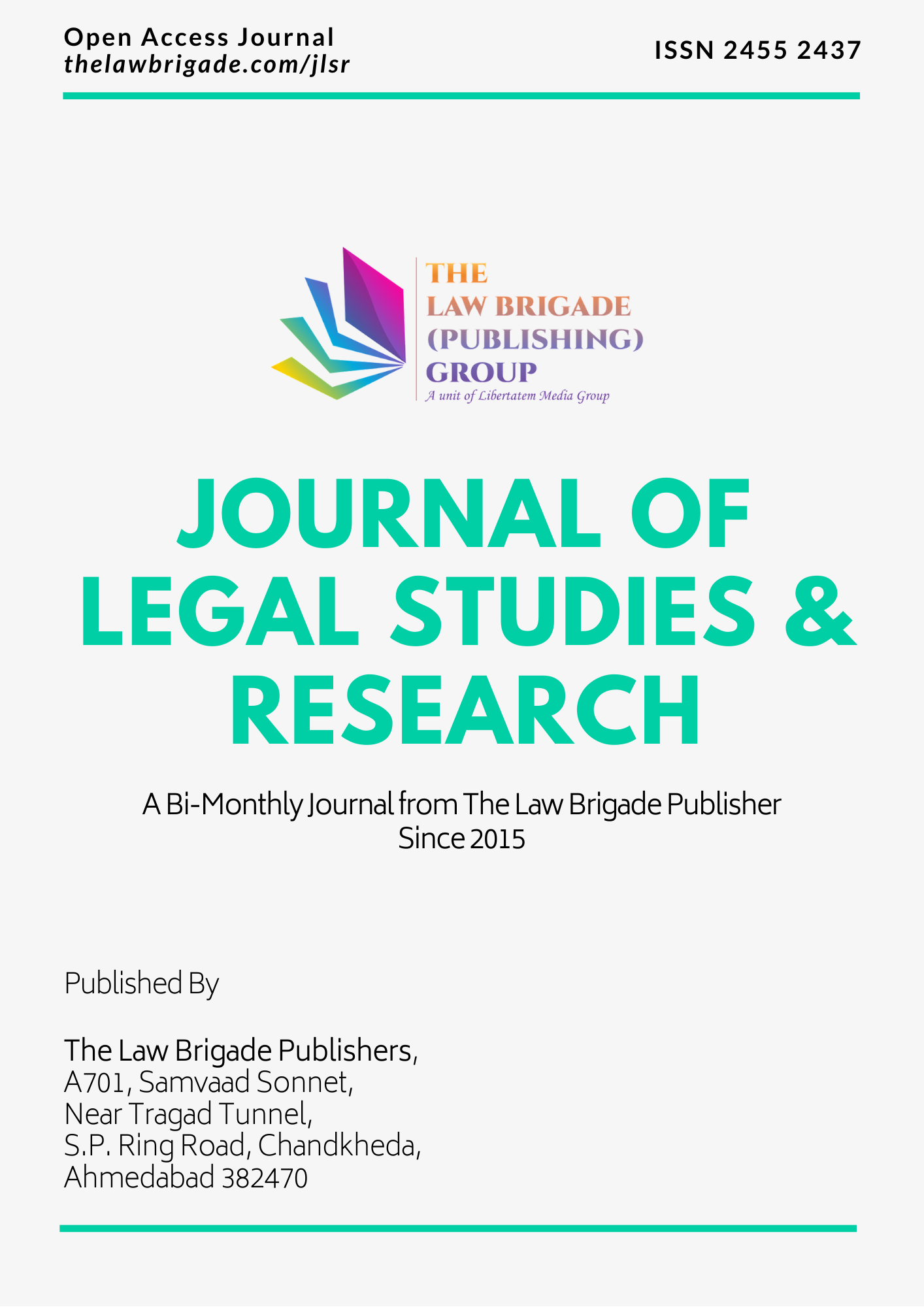Restitutio in integrum is the principle of restorationi (Bant, 2007) to the original condition. This condition refers to the pre-contractual position of an injured party had no injury been caused. The principle has emerged as a pillar for awarding damages under the common law dating back to the landmark judgment of Living Stone v Raywards Coal Coii (Living Stone v Raywards Coal Co, 1880). The case allowed compensation to be seen under the purview of restitutio in integrum. It opened riveting insights into the nature of the contract of indemnity. The contract of indemnity has been seen as a subset of the idea of compensation by eminent scholars including Rene Demogueiii (Demogue, 1918), David Pearce, and Rodger Halson iv(Pearce & Halson, 2008). Thus contrary to its limitations to only common law tort claims, the paper seeks to exhibit that the principle of restitutio in integrum can also be held significant to the nature of the contract of indemnity under the Indian Contract Act, 1872v (Pollock & Mulla, 2018).
While applying the principle of restitutio in integrum, the paper focuses only on the loss suffered concerning the indemnifier and indemnity holder. The contract of indemnity is not secondary in nature and hence is also seen as an independent form of contract. The paper assumes that the action of the indemnifier promising to compensate the indemnity holder is voluntary and with free consent. It also covers the possible dissensions that could declare the relationship or significance between the two concepts of indemnity and restitutio in integrum as redundant. Possible explanations of the shortcomings in these arguments have also been addressed. Finally, relevant case studies, illustrations, and codified sections of the Indian Contract Act of 1872 have been cited for proving the thesis statement.





